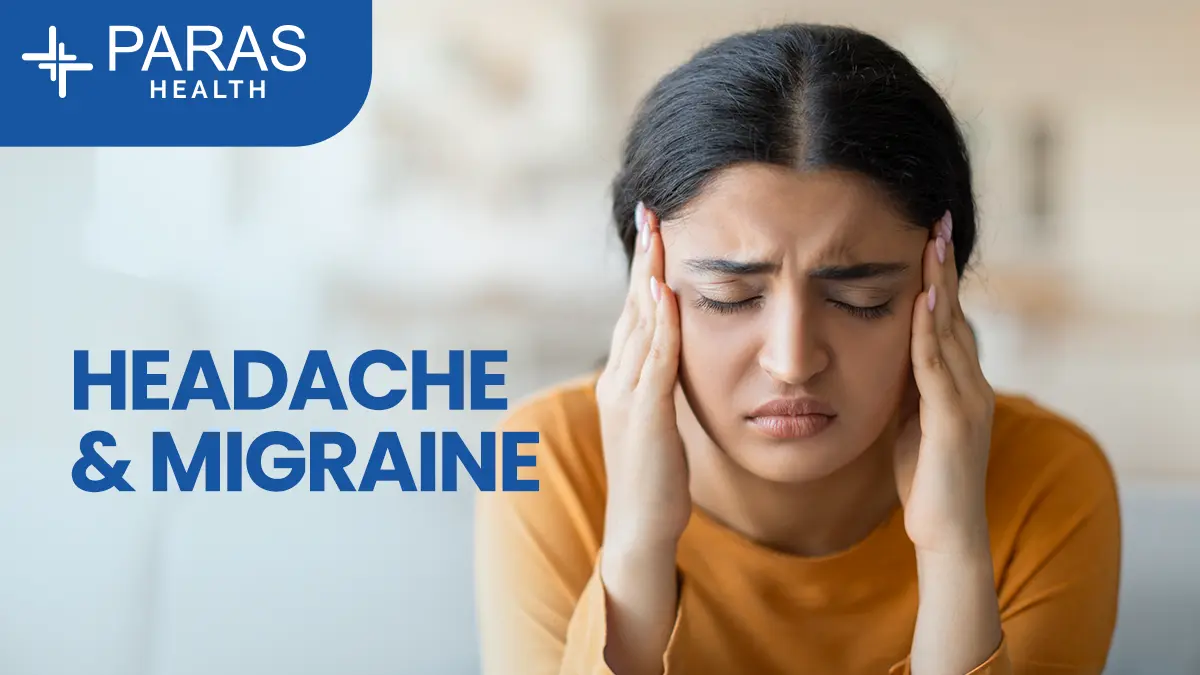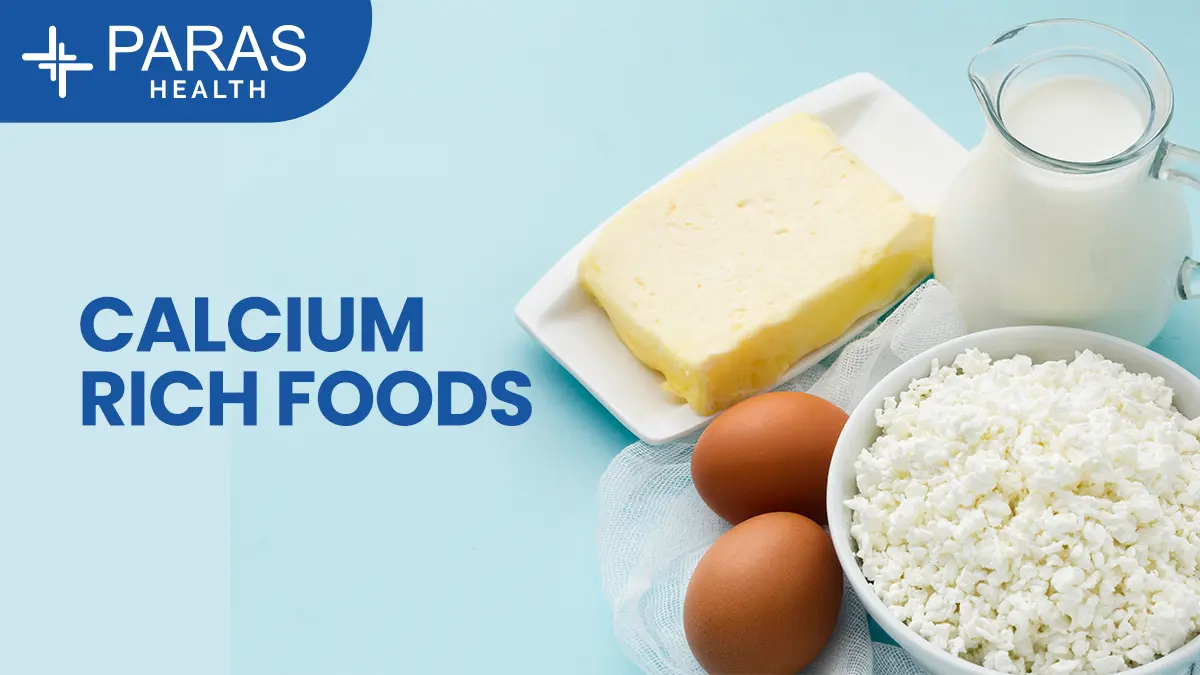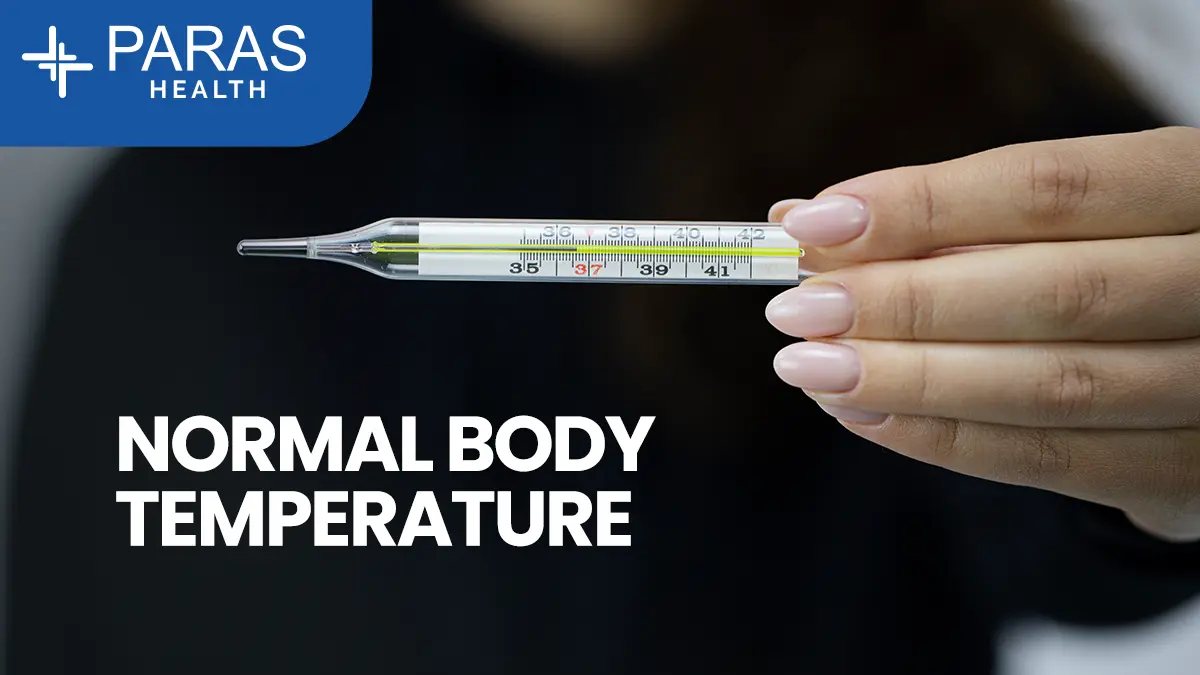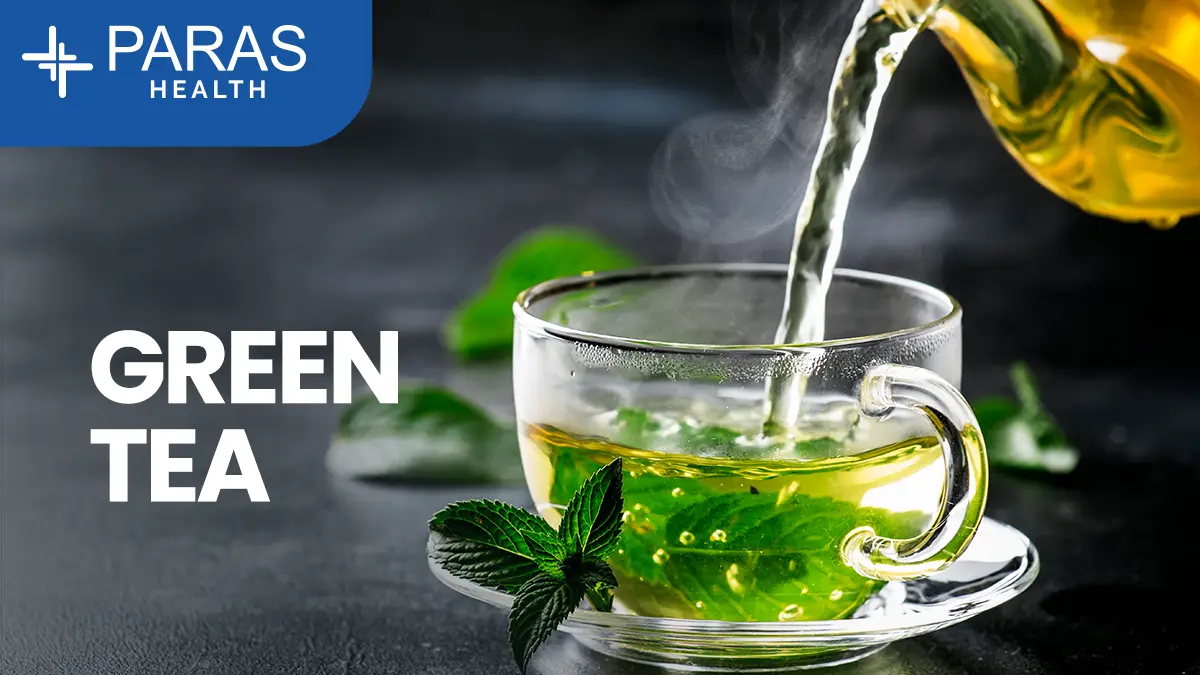Blogs
- All
- Cardiac Sciences
- Clinical Psychology
- Critical Care
- Dentistry
- Dermatology & Cosmetology
- Emergency Medicine
- Endocrinology
- ENT, Neck & Head Surgery
- Gastro Sciences
- General Surgery
- Internal Medicine
- Neuro Sciences
- Obstetrics & Gynaecology
- Onco Care
- Ophthalmology
- Orthopaedics
- Paediatrics
- Plastic Surgery
- Psychiatry
- Pulmonology
- Renal Sciences
- Emergency
- Urology
- Liver Transplant & GI Surgery
- Dietetics & Nutrition
- General
Neuro Sciences | Post Date : Jan 02, 2026
Head pain is something almost everyone experiences at some point. But not every head pain is the same. Many people use the words headache and migraine interchangeably, even though they are very different conditions.
Continue Reading
Gastro Sciences | Post Date : Dec 31, 2025
Alcohol is often part of celebrations, social gatherings, or stress relief. But what many people don’t realise is that every drink you take is processed by your liver. Over time, frequent or heavy drinking can silently damage this vital organ — sometimes without obvious warning signs.
Continue Reading
Dietetics & Nutrition | Post Date : Dec 29, 2025
Calcium is one of the most important minerals your body needs, yet many people don’t get enough of it every day. Most of us think of milk when we hear the word calcium, but the truth is that there are many calcium rich foods, including vegetarian and non-dairy options, that can easily meet your daily needs.
Continue Reading
Internal Medicine | Post Date : Dec 27, 2025
Checking your body temperature at home may seem like a simple task, but doing it the right way is very important. An incorrect reading can either cause unnecessary worry or delay timely medical care.
Continue Reading
Dietetics & Nutrition | Post Date : Dec 26, 2025
Trying to lose weight but don’t want to give up tasty food? You’re not alone. One of the most common questions people ask is: “Which fruits are good for weight loss?”
The good news is—fruits can absolutely support weight loss, if you choose the right ones and eat them the right way.
Continue Reading
Internal Medicine | Post Date : Dec 26, 2025
Green tea has been enjoyed for centuries, but today it is one of the most recommended health drinks worldwide. From weight loss and better digestion to glowing skin and heart health, the health benefits of green tea go far beyond just being a refreshing beverage.
Continue Reading








